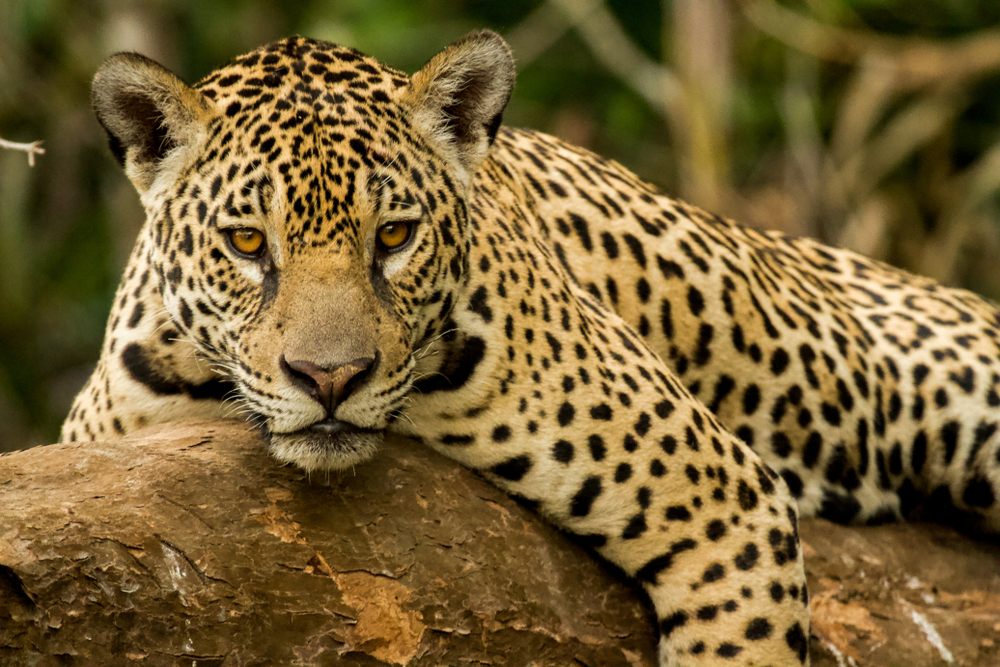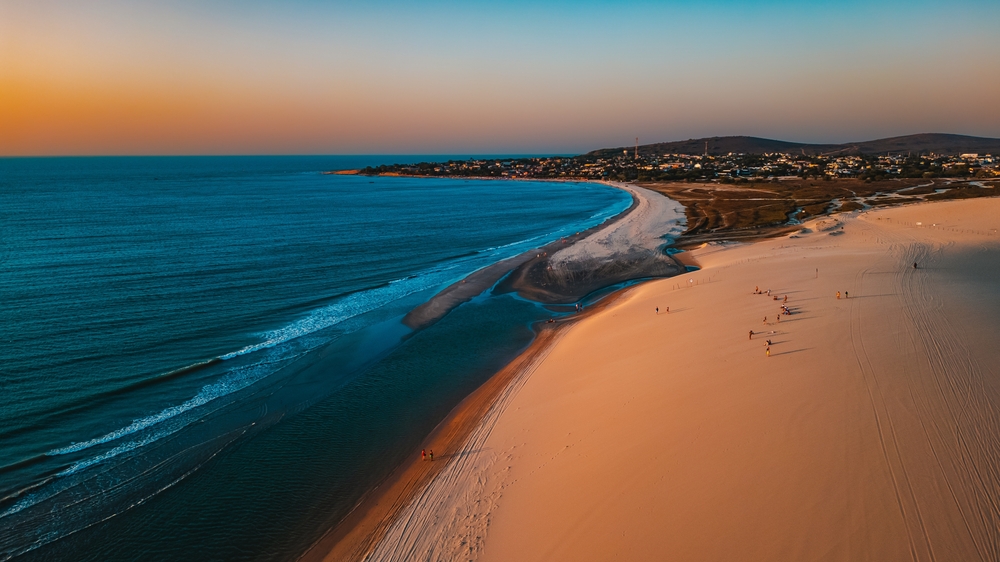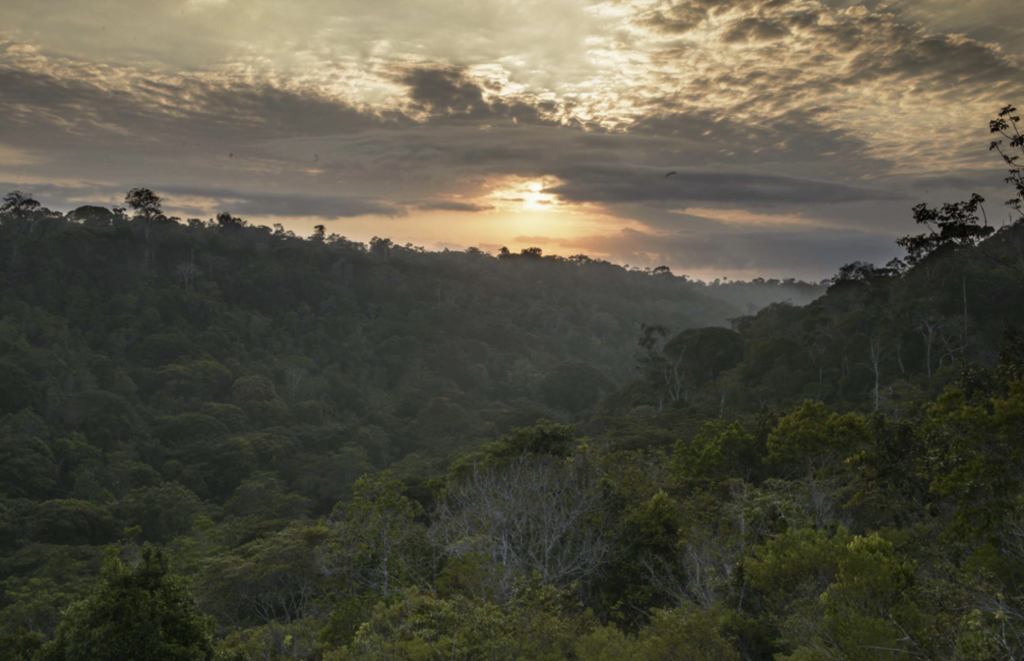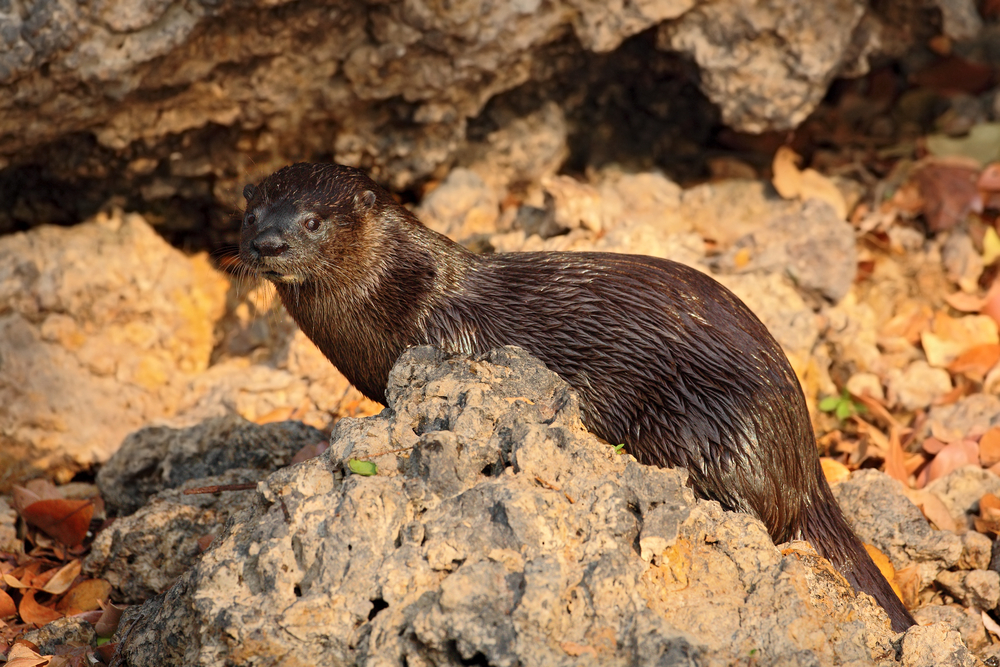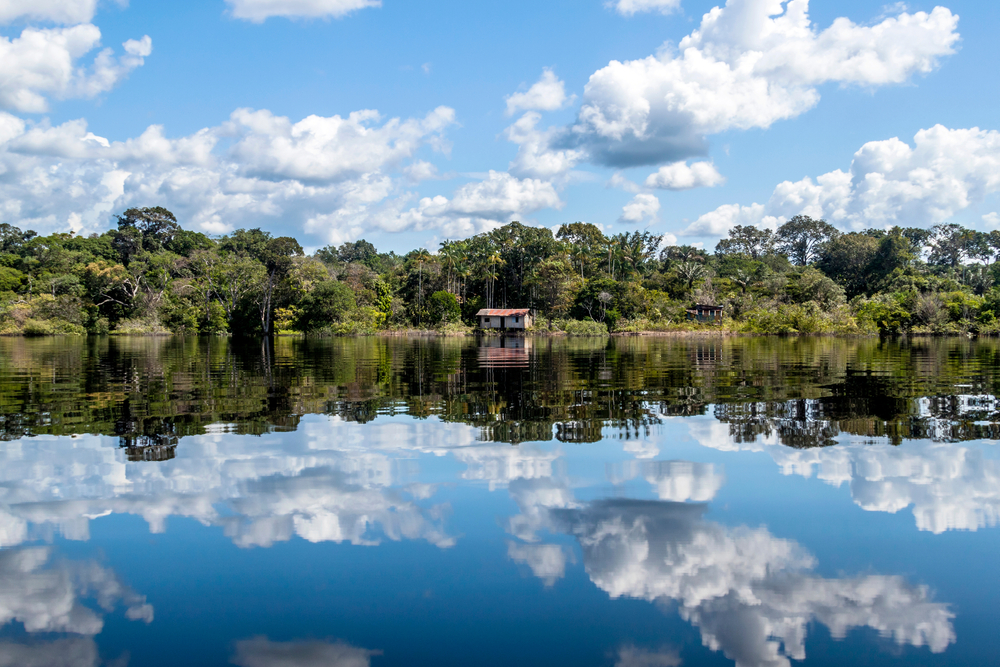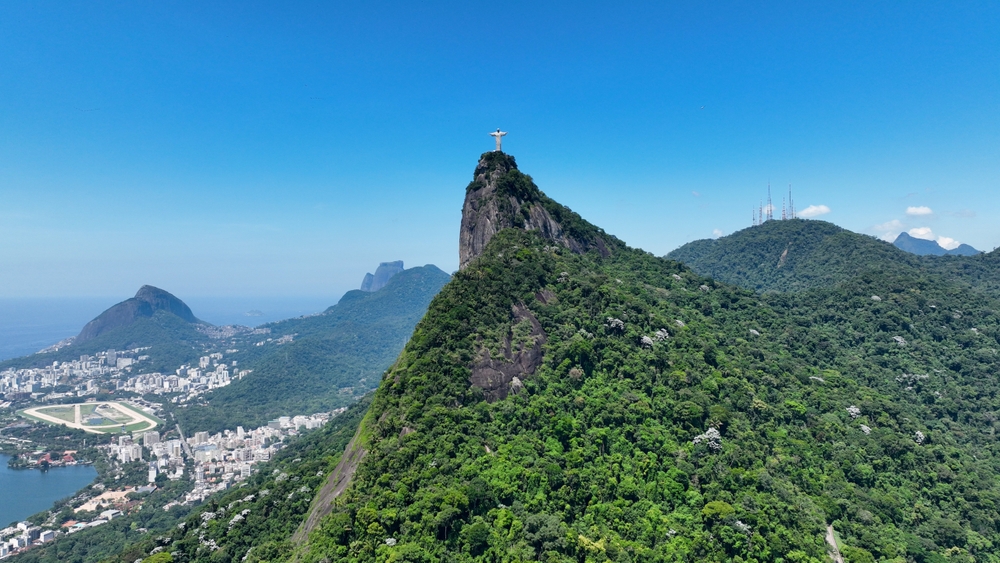Saint-Hilaire Lange Overview
Saint-Hilaire/Lange National Park, or Parque Nacional de Saint-Hilaire/Lange in Portuguese, is a protected area located in the southern part of Brazil in the state of Paraná. Covering approximately 93.33 square miles or 241.7 square kilometers, the park is nestled along Brazil’s Atlantic coastline and extends into the Serra da Prata mountain range.
The region is recognized for its exceptional biodiversity and plays a vital role in conserving a significant stretch of the Atlantic Forest biome. This park is named after the French naturalist Augustin Saint-Hilaire and the Brazilian botanist Adelbert von Chamisso de Lange, whose contributions to natural science are commemorated through the preservation of this diverse ecological zone.
The terrain of Saint-Hilaire/Lange National Park is distinguished by rugged mountain ridges, steep slopes, and lush coastal plains. The Serra da Prata forms the backbone of the park’s landscape, creating dramatic elevation changes that feed into streams and waterfalls, including the notable Cachoeira do Rio das Pombas.
The park’s vegetation is primarily dense Atlantic Forest, characterized by towering hardwood trees, thick undergrowth, and a vibrant mix of epiphytes and bromeliads. This forest canopy shelters a delicate understory of orchids and ferns and supports one of the most endangered and fragmented forest ecosystems in the world.
The park hosts an impressive array of wildlife, reflecting the rich biodiversity of the Atlantic Forest. Visitors may glimpse elusive mammals such as the South American coati, ocelot, and the endangered southern muriqui, the largest primate in the Americas.
The area is also vital for bird conservation, offering a haven for species such as the red-breasted toucan, the solitary tinamou, and the endangered red-tailed amazon parrot. Reptiles and amphibians also thrive here due to the humid environment, and colorful butterflies and insects play key roles in pollination within the ecosystem.
One of the most popular features of the park is the network of natural pools and waterfalls that are accessible via hiking trails, offering refreshing spots for rest and reflection. The scenic viewpoints from elevated areas of the Serra da Prata offer sweeping vistas of the Atlantic Ocean and the coastal lowlands, making the park a favorite for landscape photographers and nature lovers alike.
Visitors typically explore Saint-Hilaire/Lange National Park through well-marked trails suitable for hiking and birdwatching. Guided tours are available for those seeking deeper insights into the park’s ecology, and educational signage along trails helps promote environmental awareness. While camping is not permitted within park boundaries, nearby accommodations in the surrounding municipalities offer comfortable bases for multi-day visits.
Despite its ecological richness, the park faces several conservation challenges. Encroaching agriculture, illegal logging, and poaching have historically threatened the park’s integrity. However, management efforts by Brazil’s federal conservation agency, ICMBio, have strengthened in recent years.
Initiatives include community education programs, stricter enforcement of park boundaries, and scientific partnerships to monitor wildlife and forest regeneration. These efforts have led to measurable improvements in habitat restoration and species protection, offering a hopeful model for the conservation of the Atlantic Forest biome.
Park Map
Saint-Hilaire Lange National Park Highlights
Share your clicks with us
Sources
- Header Image Provided By: https://entreparquesbr.com.br/sainthilaire-lange/














































































